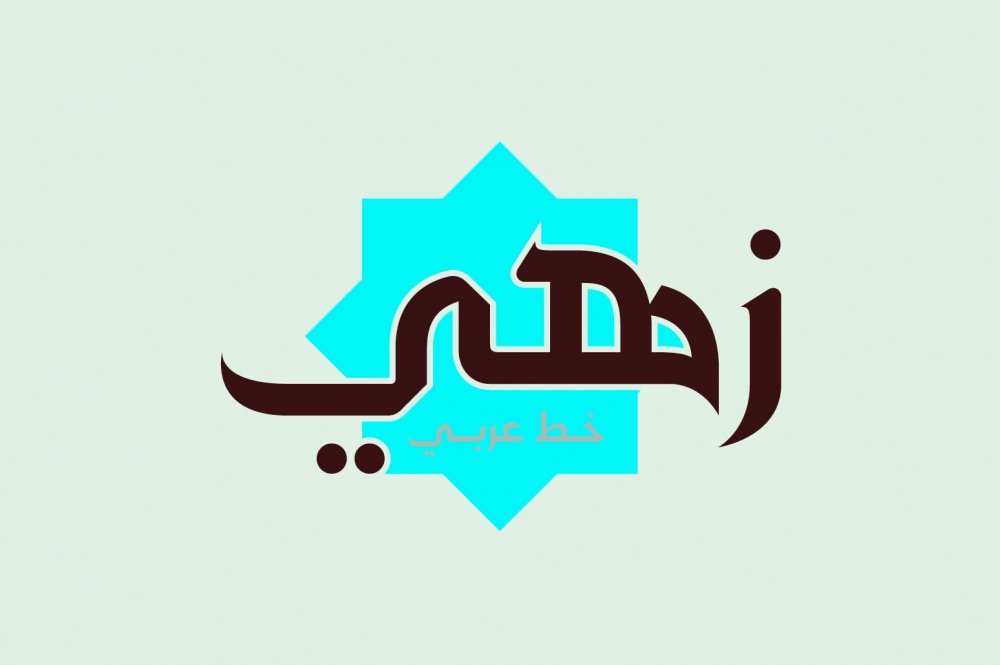Arabic font stands at the intersection of innovation and tradition, a journey that spans centuries of cultural evolution and technological advancement. From the ancient calligraphic scripts of the Islamic Golden Age to the cutting-edge digital typefaces of the modern era, Arabic typography has continually evolved, adapting to the changing needs of society while preserving its rich heritage and artistic integrity. In this article, we’ll delve into the fascinating journey of Madani Arabic Font, exploring how innovation and tradition have shaped its evolution and enduring appeal.
Ancient Roots in Calligraphy
The story of Arabic font begins with the art of calligraphy, which emerged in the Arabian Peninsula alongside the spread of Islam in the 7th century CE. Calligraphers meticulously crafted each letter with ink and quill, imbuing the script with a sense of elegance, rhythm, and harmony. The earliest scripts, such as Kufic and Maghrebi, laid the foundation for the diverse range of calligraphic styles that would emerge in the centuries to come, each reflecting the cultural and artistic traditions of its time.
Innovation in Printing and Publishing
The invention of the printing press in the 15th century revolutionized the production and dissemination of written texts, including Arabic typography. With the ability to mass-produce books and manuscripts, printers sought to replicate the beauty and complexity of hand-written calligraphy using movable type. This led to the standardization of Arabic fonts and scripts, making written Arabic more accessible to a wider audience and paving the way for the spread of knowledge and ideas throughout the Islamic world and beyond.
Digital Revolution and Contemporary Design
The digital revolution of the late 20th century ushered in a new era of innovation in Arabic font design. Designers now had access to powerful digital tools and software that allowed them to create and manipulate typefaces with unprecedented precision and ease. From custom fonts for branding and identity design to experimental typographic compositions for art and advertising, Arabic font designers embraced the possibilities of digital technology to push the boundaries of creativity and expression.
Preserving Tradition in a Modern World
Despite these technological advancements, Arabic font designers remain committed to preserving the rich cultural heritage and artistic traditions of calligraphy. Many designers draw inspiration from classical calligraphic styles and motifs, infusing their work with a sense of authenticity and craftsmanship. By honoring the principles of traditional calligraphy while embracing the tools and techniques of the digital age, designers ensure that Arabic font remains a vibrant and vital form of expression for generations to come.
Bridging Cultures and Crossing Borders
In an increasingly interconnected world, Arabic font serves as a bridge between cultures and a means of communication that transcends linguistic and geographical boundaries. As Arabic typography becomes more integrated into international markets and digital platforms, designers are finding new ways to adapt and innovate, creating typefaces that resonate with diverse audiences around the globe. Whether used in branding, advertising, or digital media, Arabic font continues to captivate and inspire with its timeless beauty and universal appeal.
In conclusion, the journey of Arabic font is a testament to the enduring power of innovation and tradition in shaping the evolution of visual communication. From its ancient roots in calligraphy to its modern-day manifestations in digital design, Arabic typography reflects the rich cultural heritage, artistic expression, and technological innovation of the Arab world. As designers continue to push the boundaries of creativity and explore new possibilities in Arabic font design, we can look forward to a future where tradition and innovation coexist in harmony, enriching our lives and connecting us in ways we never thought possible.




